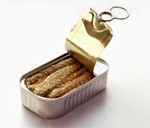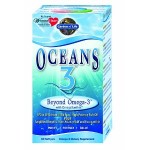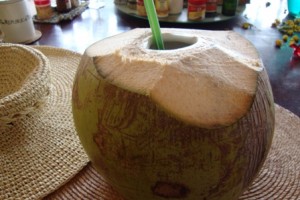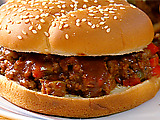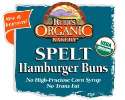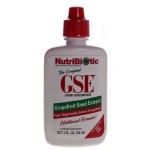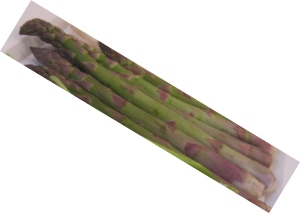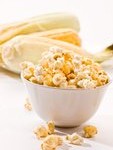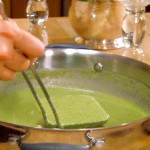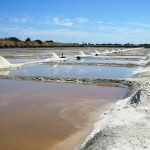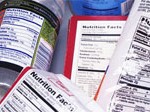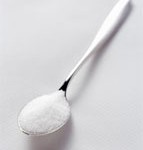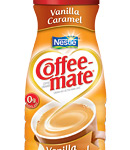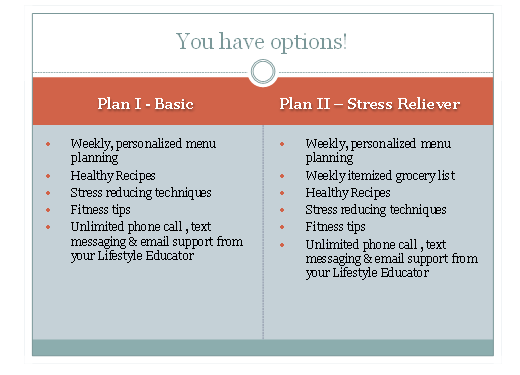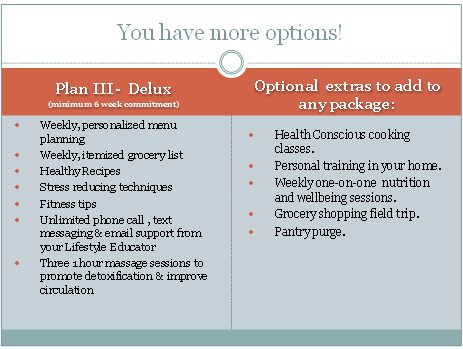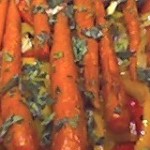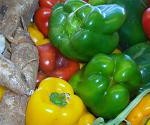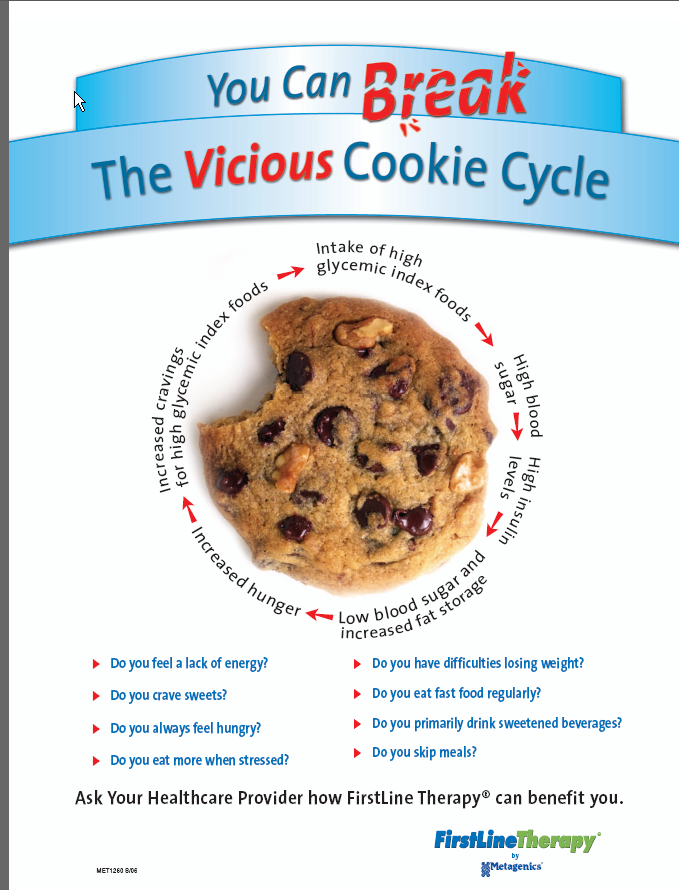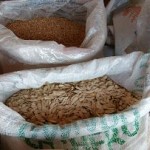“Thirty-Three of the Healthiest Foods of Earth”

It has been documented time and time again that fruits and vegetables support, promote, and improve overall health and well being.
The chairman and owner of Dole Food Company, David H. Murdock, currently 86 years of age has squeaky clean bill of health. Murdock believes a contributing factor to his health success is consuming a minimum of 35 varieties of fruits and vegetables per week.
In order to prove his theory of sustained health and vitality through fruits and vegetables, Dole Food Company created the North Carolina Research Campus to study the health benefits of fruits and vegetables. It is the only campus in the world encompassing eight universities all working together for the benefit of health and longevity. These include Duke University, UNC Chapel Hill, NC State University, UNC Charlotte, North Carolina Central University, NC A&T State University, UNC Greensboro and Appalachian State University. A comprehensive array of famous scientists and scientific equipment were gathered under one roof, including a two-story, 950 megahertz, and 8-ton superconducting magnet. It is the largest and most powerful magnet in the world that allows scientists to view both plant and human cells at the most minute level. The list below of “the 33 Healthiest Foods on Earth” is a compilation of the on-going research on all fruit and vegetables at the acclaimed North Carolina Research Campus.
1. Pineapple Speeds post-surgery Promotes joint health Reduces asthma inflammation
2. Blueberries Restore antioxidant levels Reverse age-related brain decline Prevent urinary tract infection
3. Spinach helps maintain mental sharpness reduces the risk of cancers of the liver, ovaries, colon and prostate Top nutrient density
4. Red Bell Pepper Reduces risk of lung, prostate, ovarian and cervical cancer Protects against sunburn Promotes heart health
5. Broccoli Reduces diabetic damage Lowers risk of prostate, bladder, colon, pancreatic, gastric and breast cancer protects the brain in event of injury
6. Tomato Reduces inflammation Lowers risk of developing esophageal, stomach, colorectal, lung and pancreatic cancer Reduces cardiovascular disease risk
7. Apple Supports immunity Fights lung and prostate cancer Lowers Alzheimer’s risk
8. Artichoke Helps blood clotting Antioxidant Superfood Lowers “bad” cholesterol
9. Arugula Lowers birth defect risk Reduces fracture risk Protects eye health
10. Asparagus nourishes good gut bacteria Protects against birth defects Promotes heart health
11. Avocado Limits liver damage Reduces oral cancer risk Lowers cholesterol levels
12. Blackberries build bone density Suppress appetite Enhance fat burning
13. Butternut Squash Supports night vision Combats wrinkles Promotes heart health
14. Cantaloupe Bolsters immunity Protects skin against sunburn Reduces inflammation
15. Carrot Antioxidants defend DNA Fights cataracts Protects against some cancers
16. Cauliflower Stimulates detoxification Suppresses breast cancer cell growth Defends against prostate cancer
17. Cherries Alleviate arthritic pain and gout Lower “bad” cholesterol Reduce inflammation
18. Cranberries Alleviate prostate pain Fight lung, colon and leukemia cancer cells Prevent urinary tract infection
19. Green Cabbage Promotes healthy blood clotting Reduces risk of prostate, colon, breast and ovarian cancers activates the body’s natural detoxification systems
20. Kale counters harmful estrogens that can feed cancer Protects eyes against sun damage and cataracts Increases bone density
21. Kiwi Combats wrinkles Lowers blood clot risk and reduces blood lipids counters constipation
22. Mango Supports immunity Lowers “bad” cholesterol Regulates homocysteine to protect arteries
23. Mushrooms Promote natural detoxification Reduce the risk of colon and prostate cancer Lower blood pressure
24. Orange Reduces levels of “bad” cholesterol Lowers risk of cancers of the mouth, throat, breast and stomach, and childhood leukemia Pectin suppresses appetite
25. Papaya Enzymes aid digestion Reduces risk of lung cancer Enhances fat burning
26. Plums & Prunes Counter constipation Antioxidants defend against DNA damage Protects against post-menopausal bone loss
27. Pomegranate Enhances sunscreen protection Lowers “bad” cholesterol Fights prostate cancer
28. Pumpkin Protects joints against polyarthritis Lowers lung and prostate cancer risk Reduces inflammation
29. Raspberries inhibit growth of oral, breast, colon and prostate cancers Antioxidant DNA defense Lower “bad” cholesterol levels
30. Strawberries Protect against Alzheimer’s Reduce “bad” cholesterol Suppress growth of colon, prostate and oral cancer
31. Sweet Potato Reduces stroke risk Lowers cancer risk Protect against blindness
32. Watermelon Supports male fertility Reduces risk of several cancers: prostate, ovarian, cervical, oral and pharyngeal Protects skin against sunburn
33. Banana Increases Fat Burning Lowers risk of colorectal and kidney cancer, leukemia Reduces asthmas symptoms in children
Courtesy of: David H Murdock
Chairman-Owner of Dole Foods
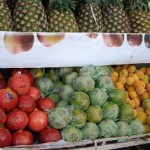
For more information click on this link to go to
www.dolenutrition.com
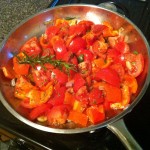
 Remove the sauce from the oven after 20 minutes and let it cool for about 5 minutes. Remove the sprig of rosemary and scoop the roasted mixture into a blender or food processor. Puree until smooth and fluffy.
Remove the sauce from the oven after 20 minutes and let it cool for about 5 minutes. Remove the sprig of rosemary and scoop the roasted mixture into a blender or food processor. Puree until smooth and fluffy. 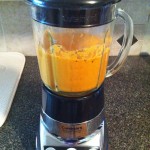 Pour the puree into the pan with the browned chicken breasts; add the rest of the fresh herbs, finely chopped, along with sea salt to your taste (about 1/4 teaspoon). Simmer on low for 30 minutes (15 minutes covered and 15 minutes uncovered).
Pour the puree into the pan with the browned chicken breasts; add the rest of the fresh herbs, finely chopped, along with sea salt to your taste (about 1/4 teaspoon). Simmer on low for 30 minutes (15 minutes covered and 15 minutes uncovered).

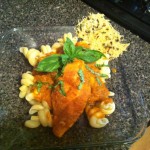
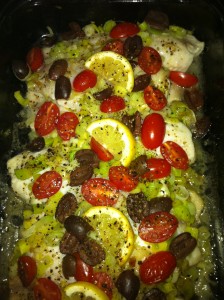
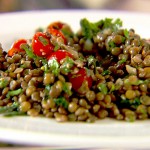
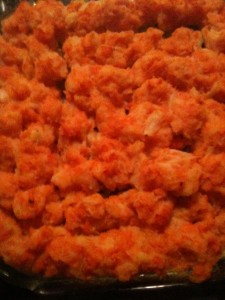




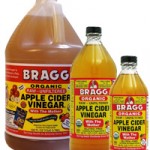
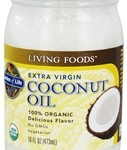 lace single layers of dressed leaves on an ungreased baking sheet (you will probably need to bake several batches if using two or more bunches of Kale). Gently turn the leaves over after the first 10 minutes. Bake for another ten minutes or until all of the leaves are golden brown, light as air and crispy. Sprinkle with Sea Salt immediately upon removal from the oven and store in a paper bag up to three days.
lace single layers of dressed leaves on an ungreased baking sheet (you will probably need to bake several batches if using two or more bunches of Kale). Gently turn the leaves over after the first 10 minutes. Bake for another ten minutes or until all of the leaves are golden brown, light as air and crispy. Sprinkle with Sea Salt immediately upon removal from the oven and store in a paper bag up to three days.
